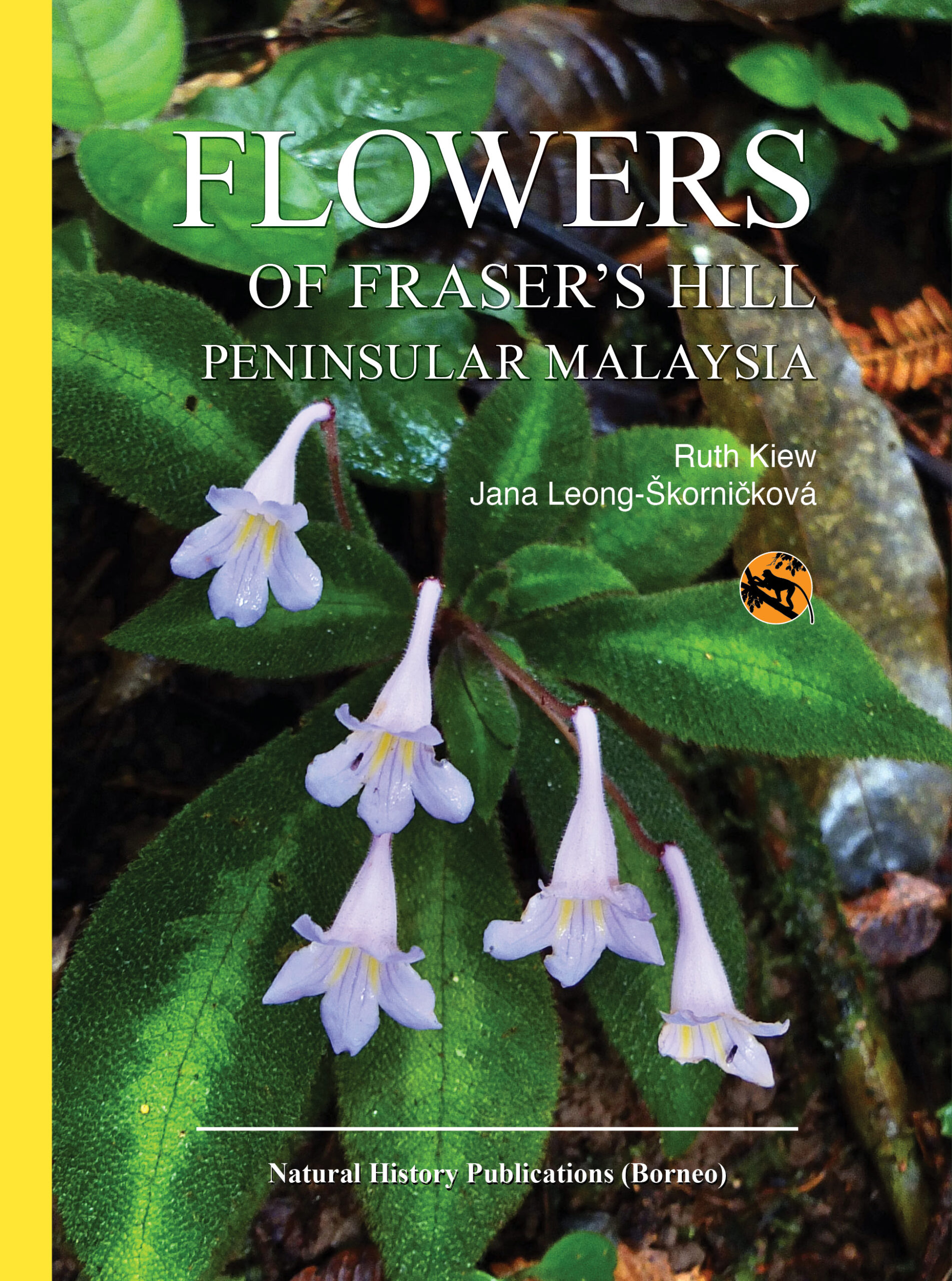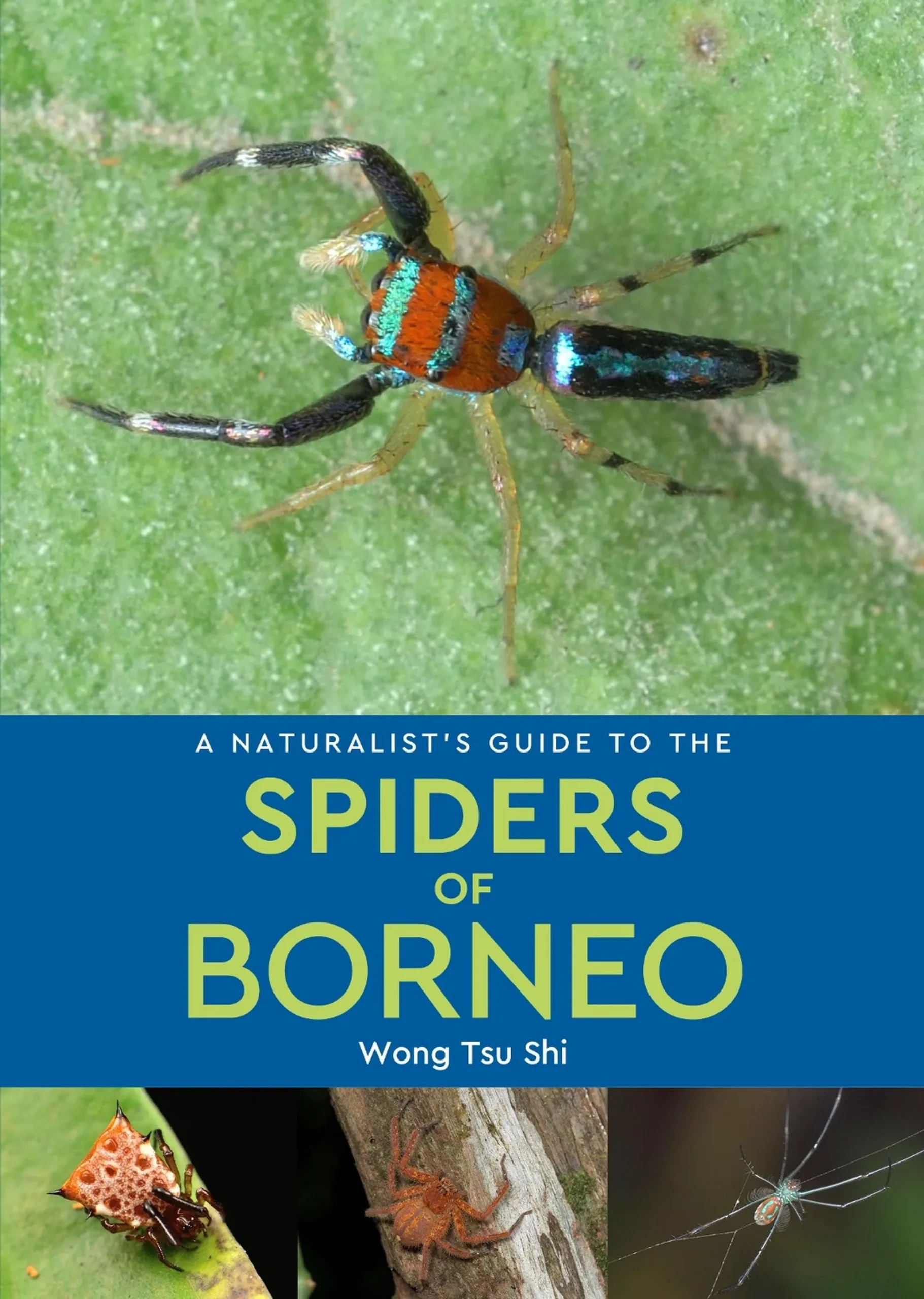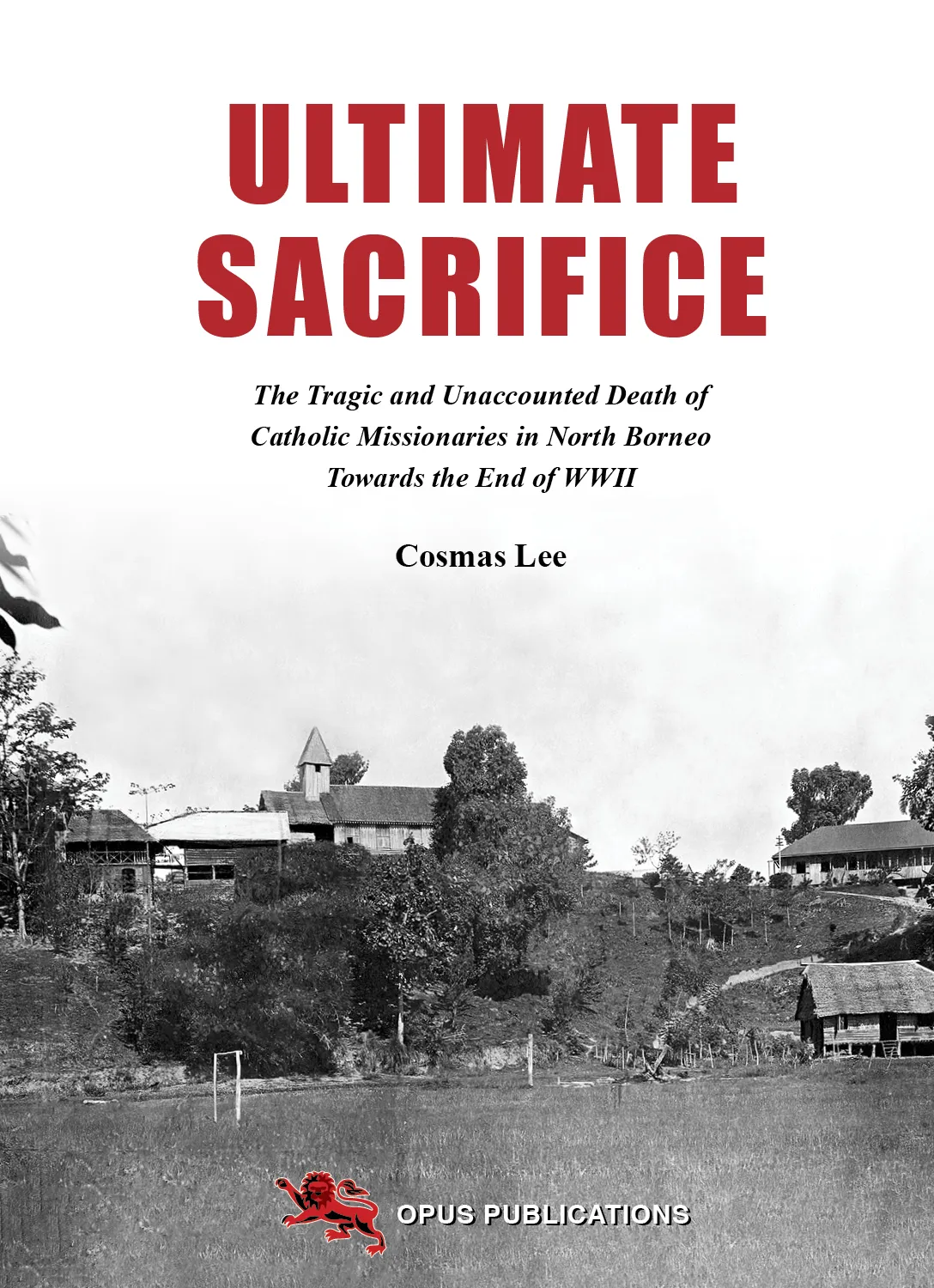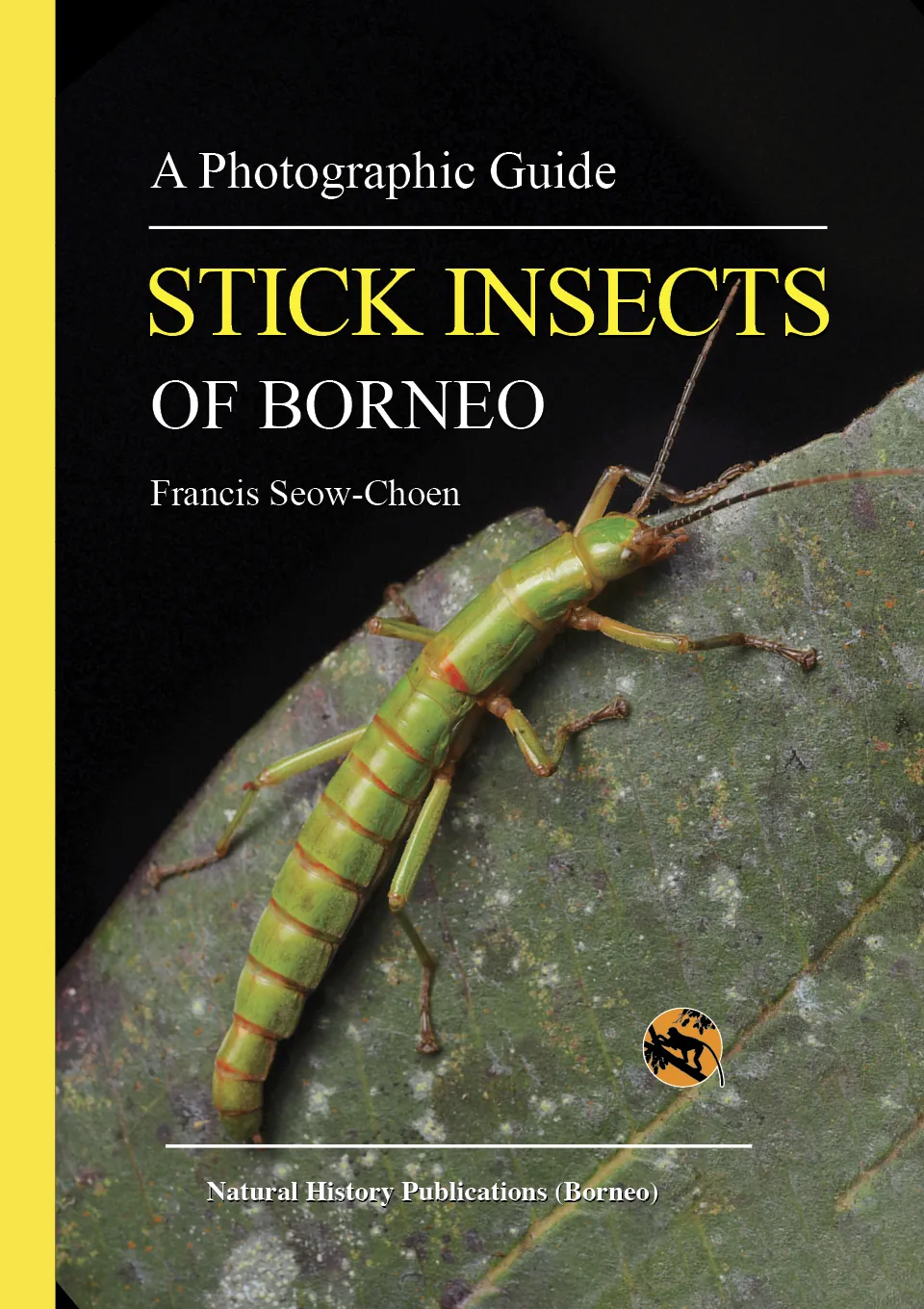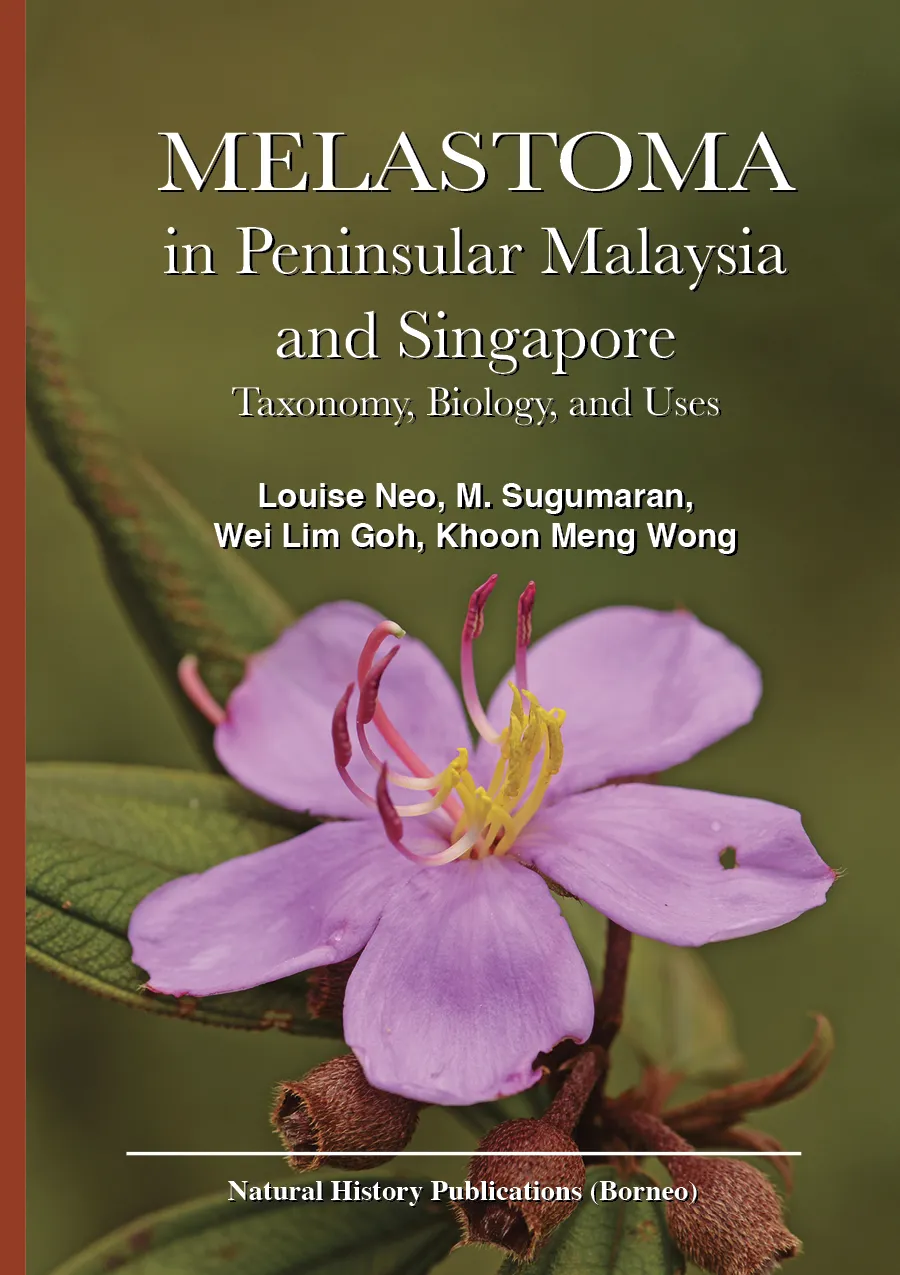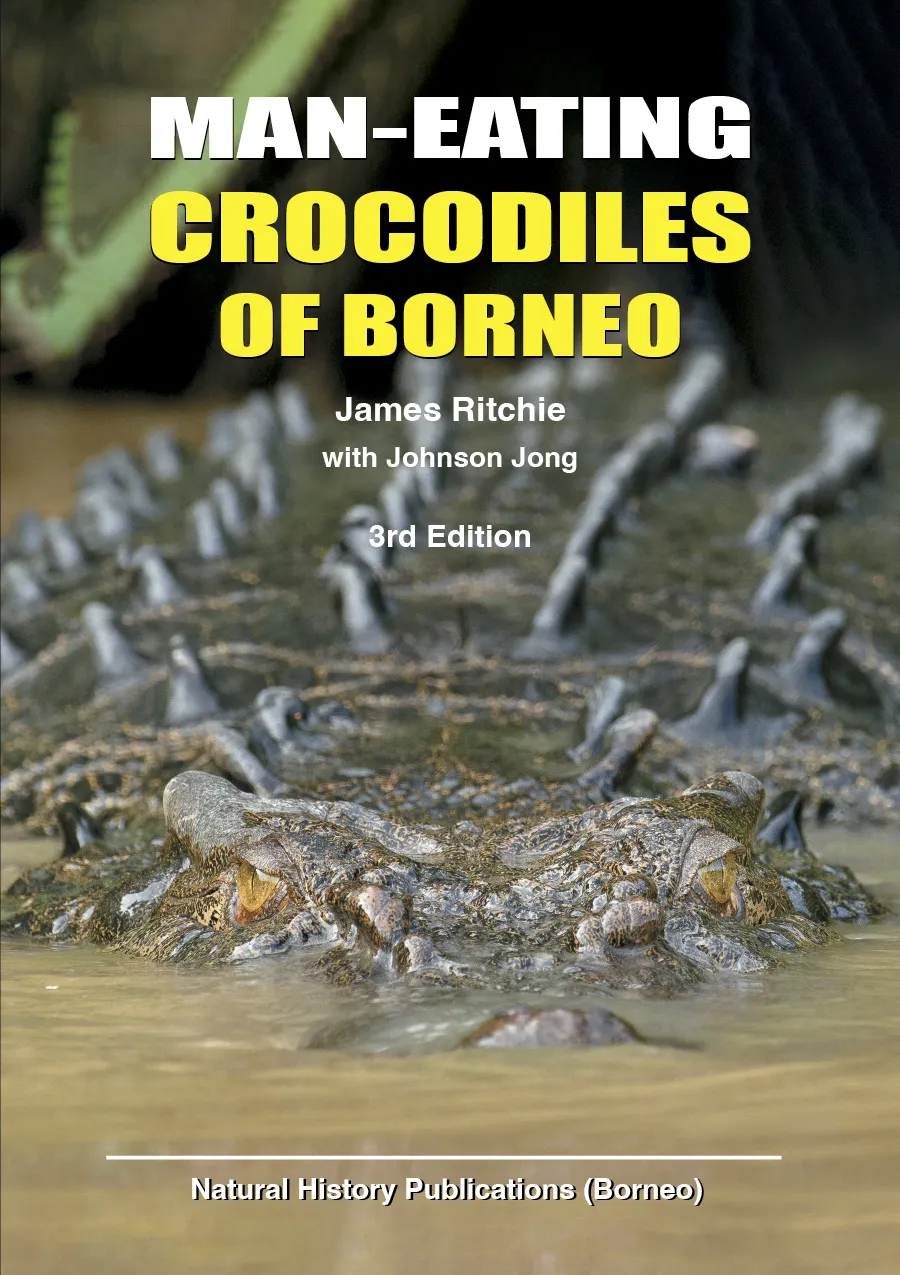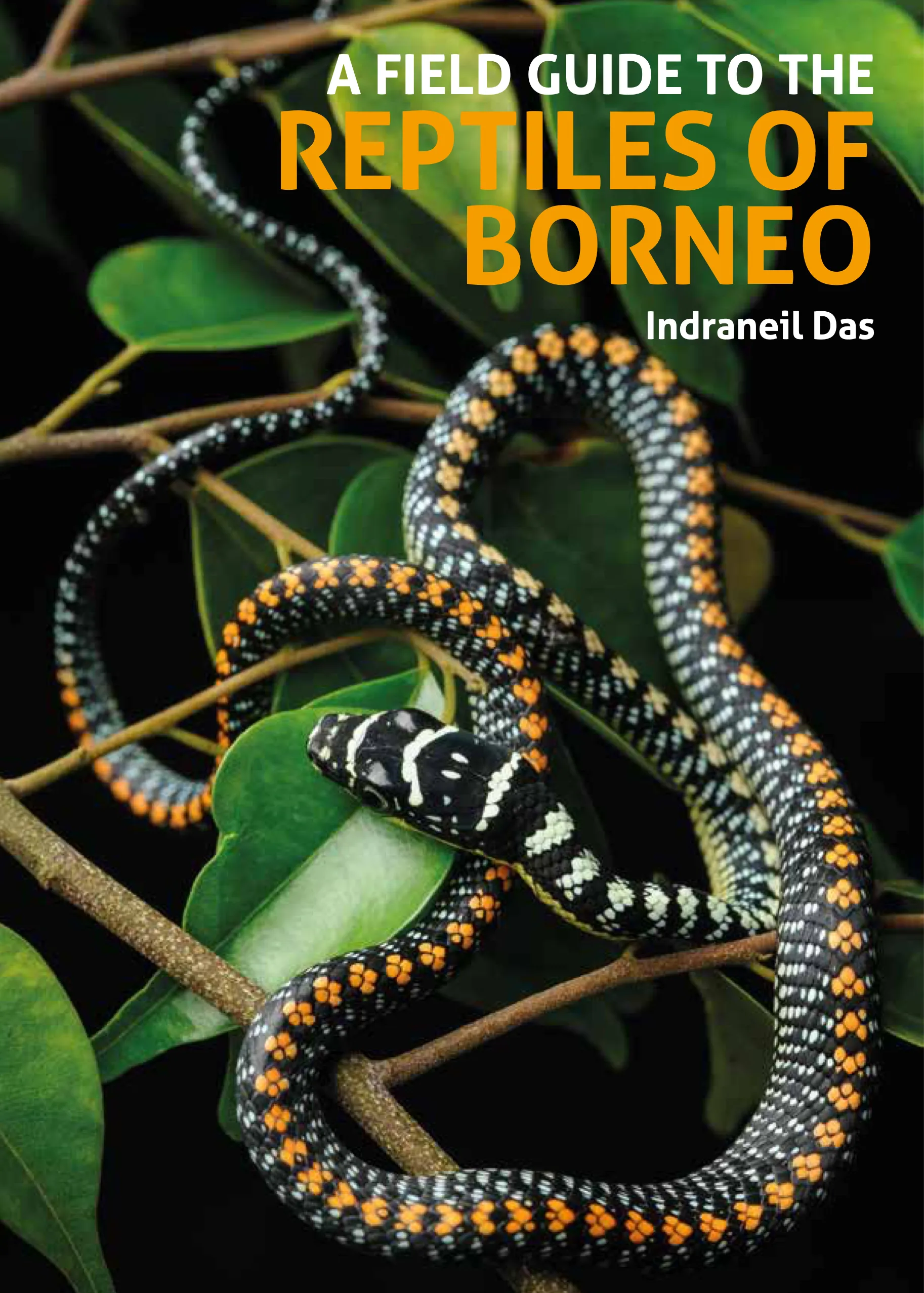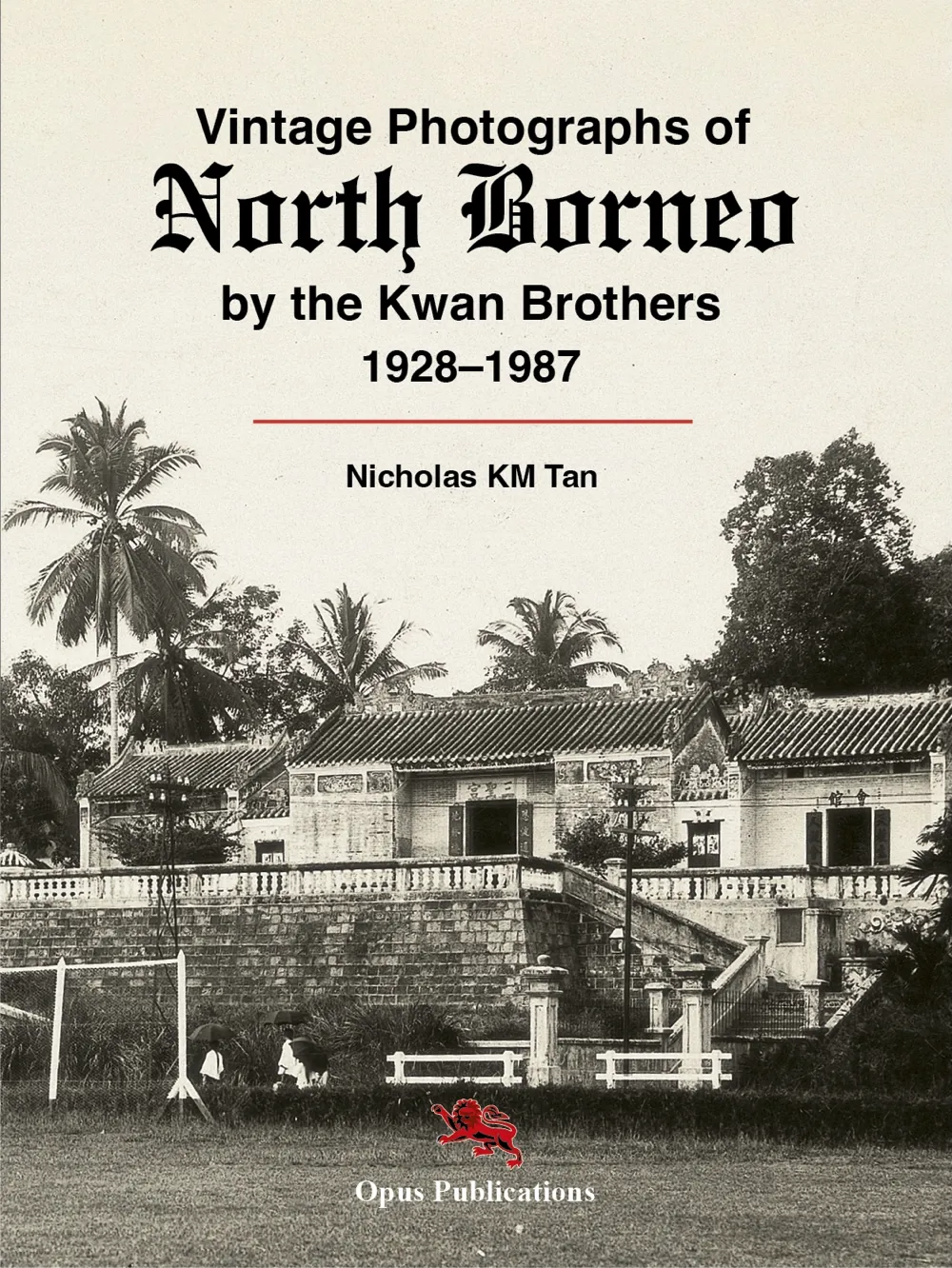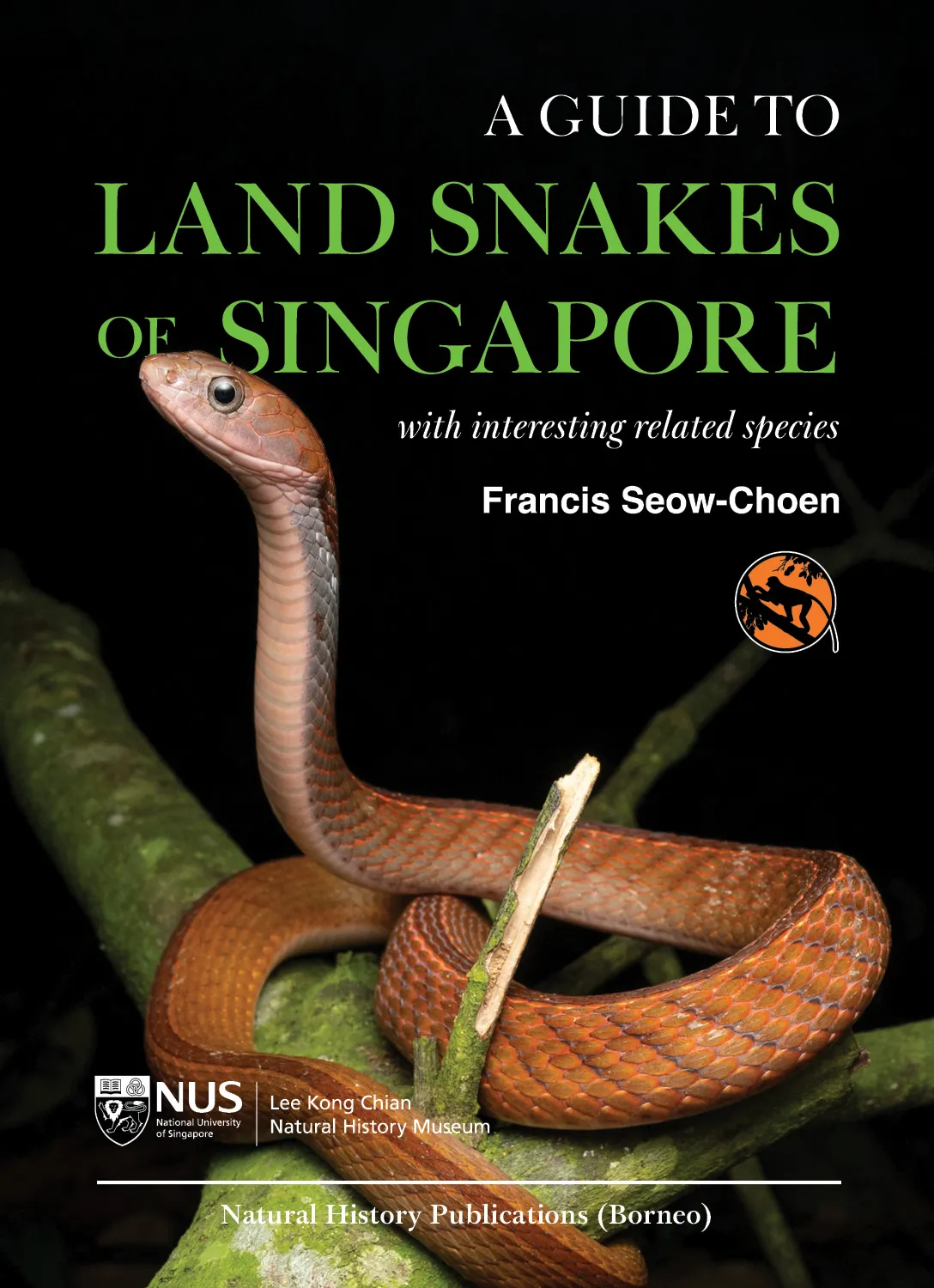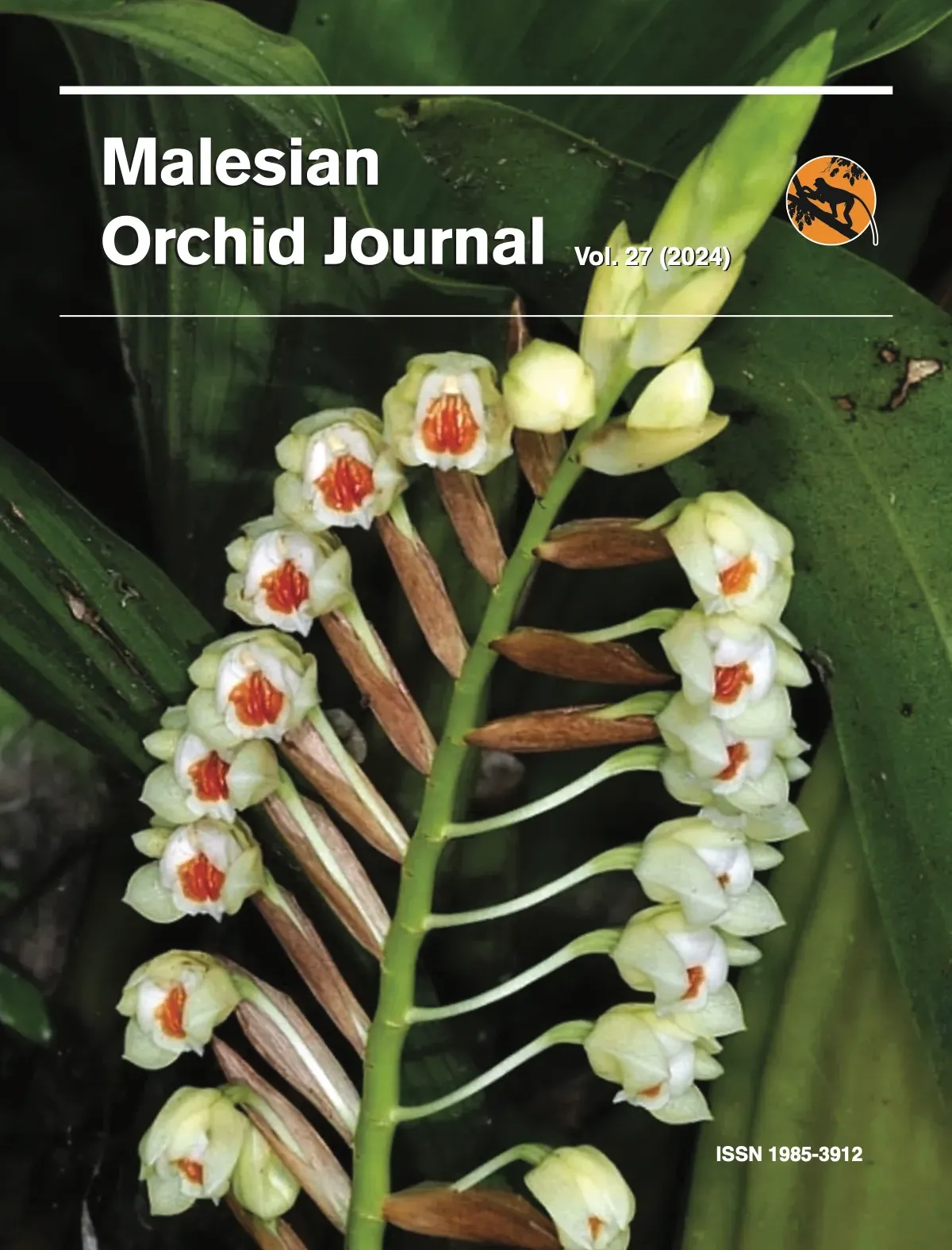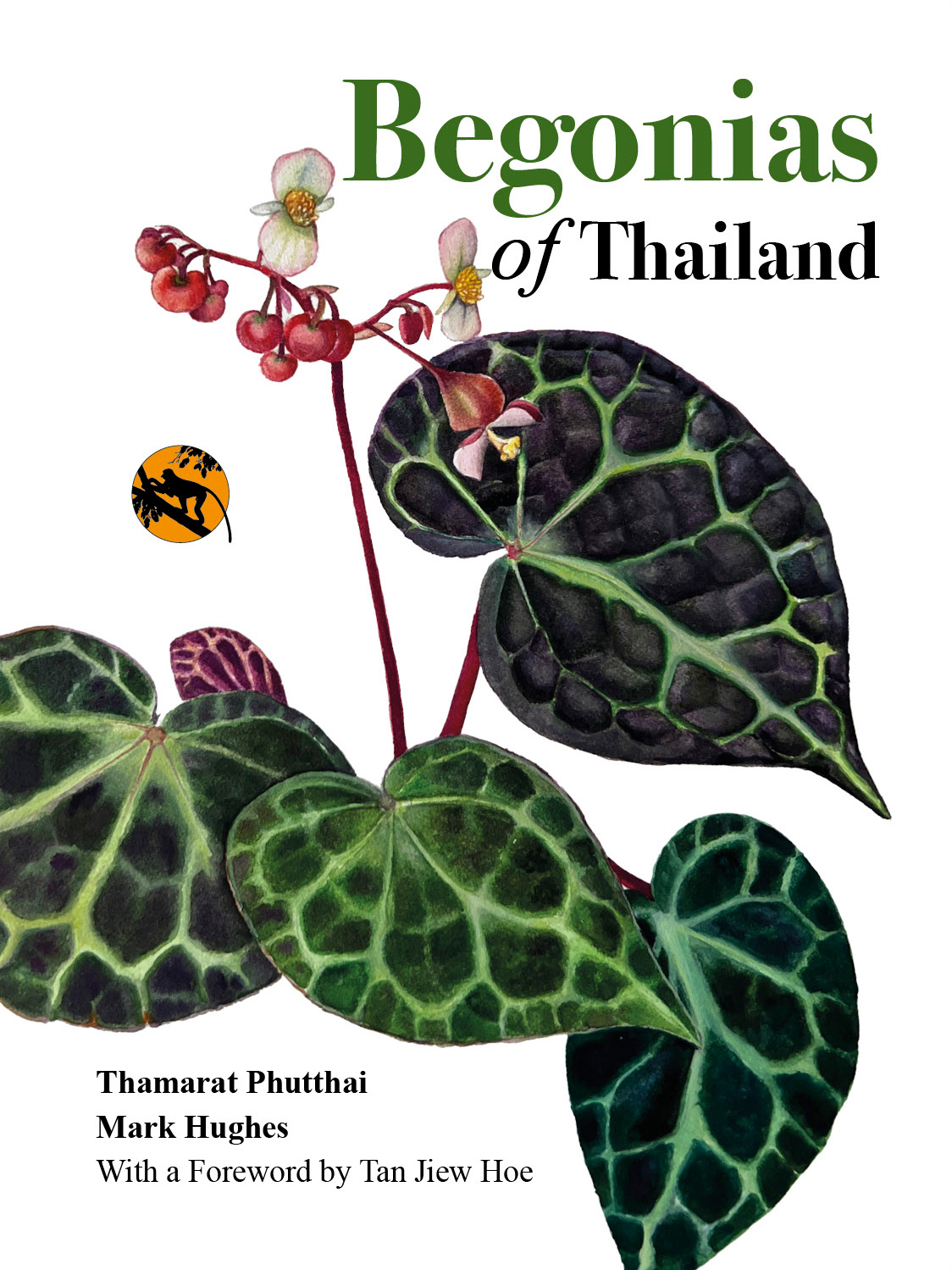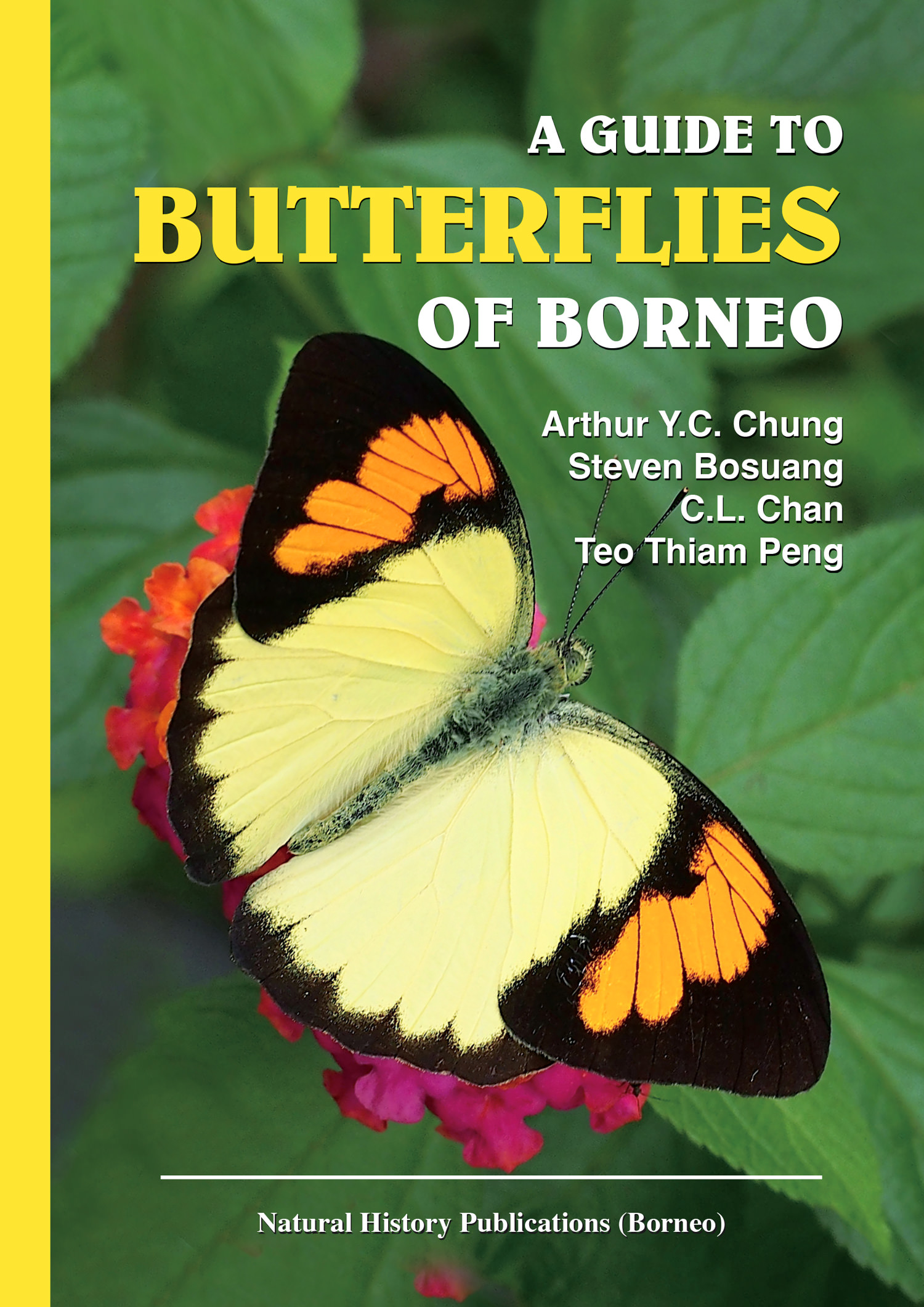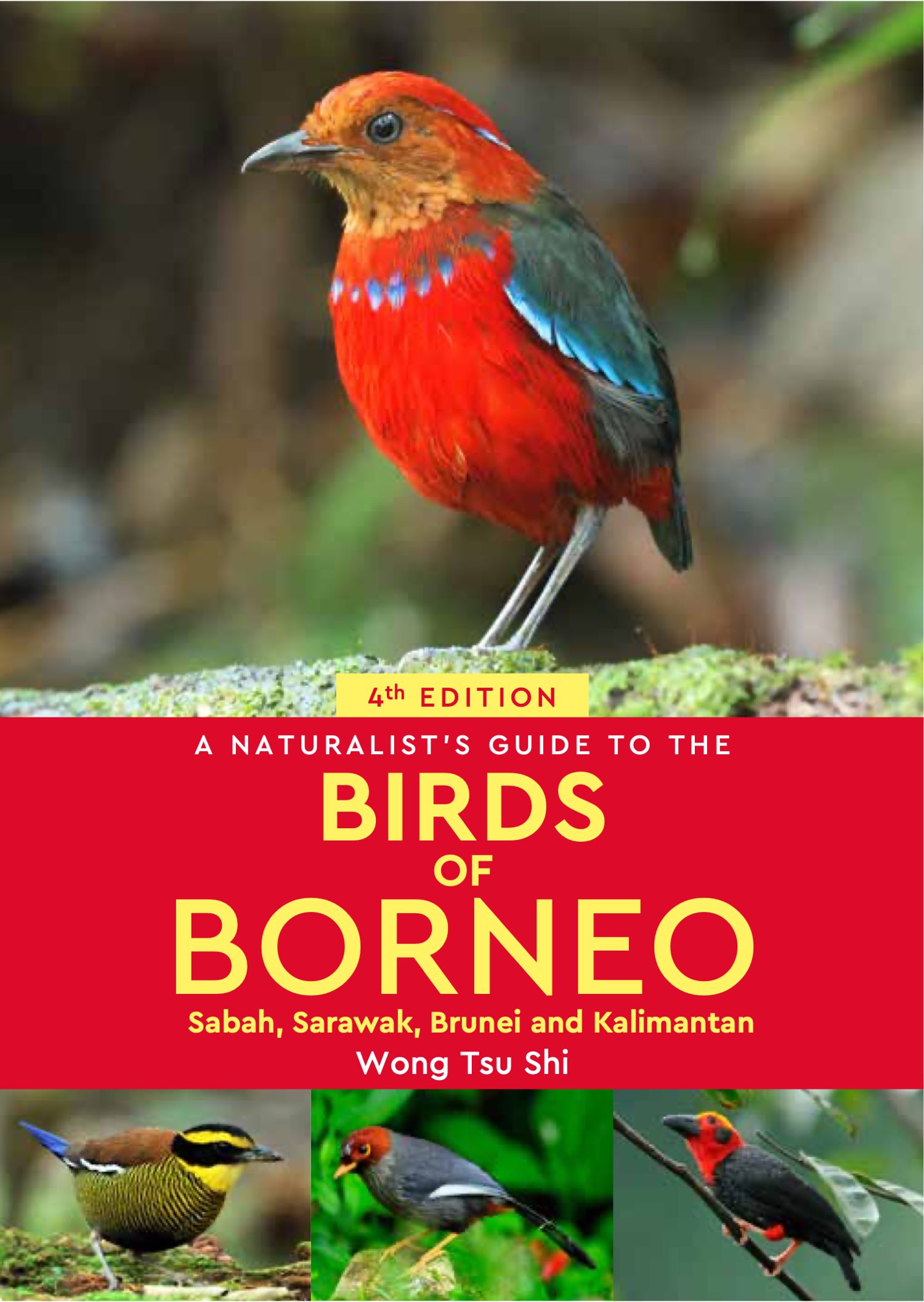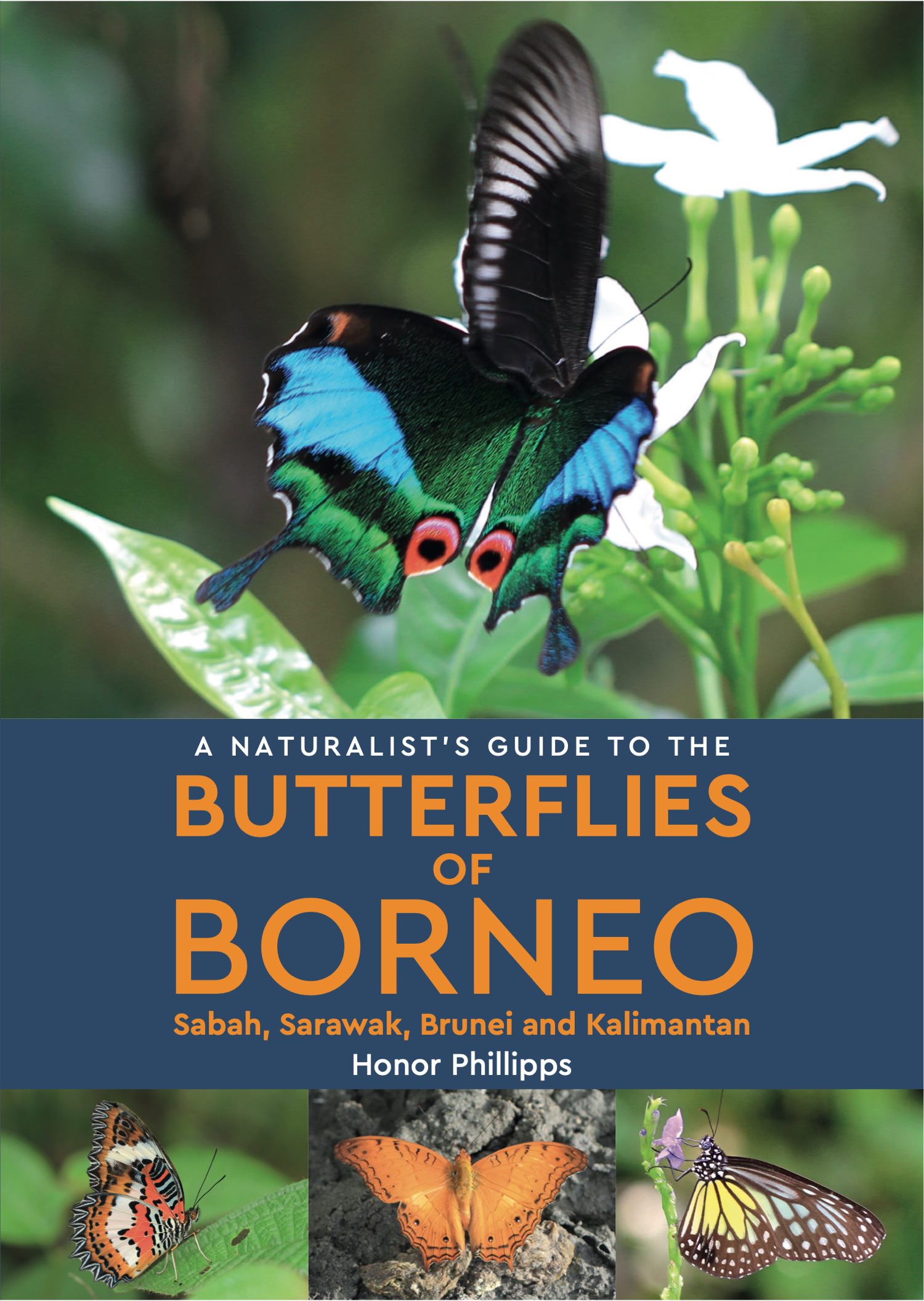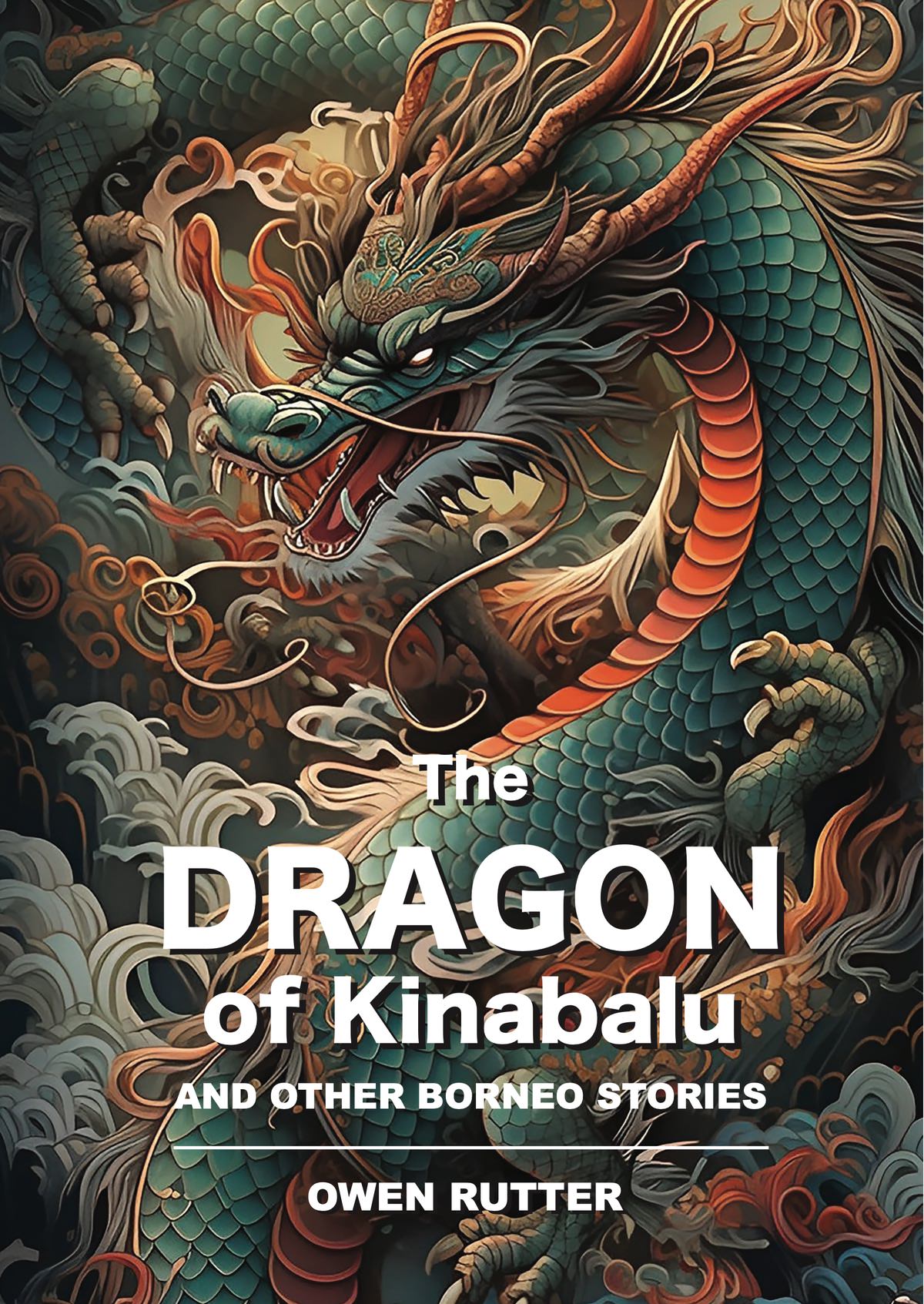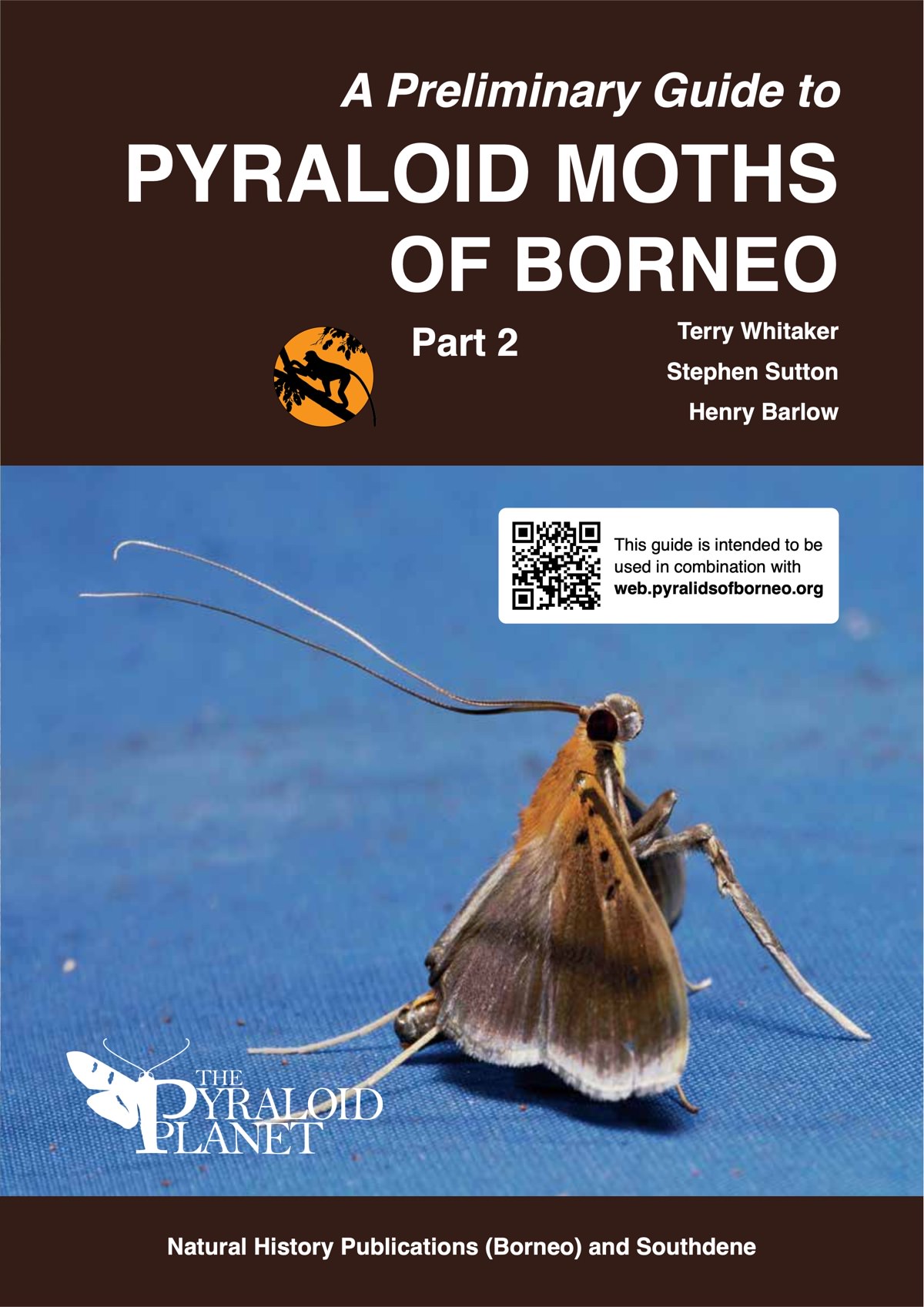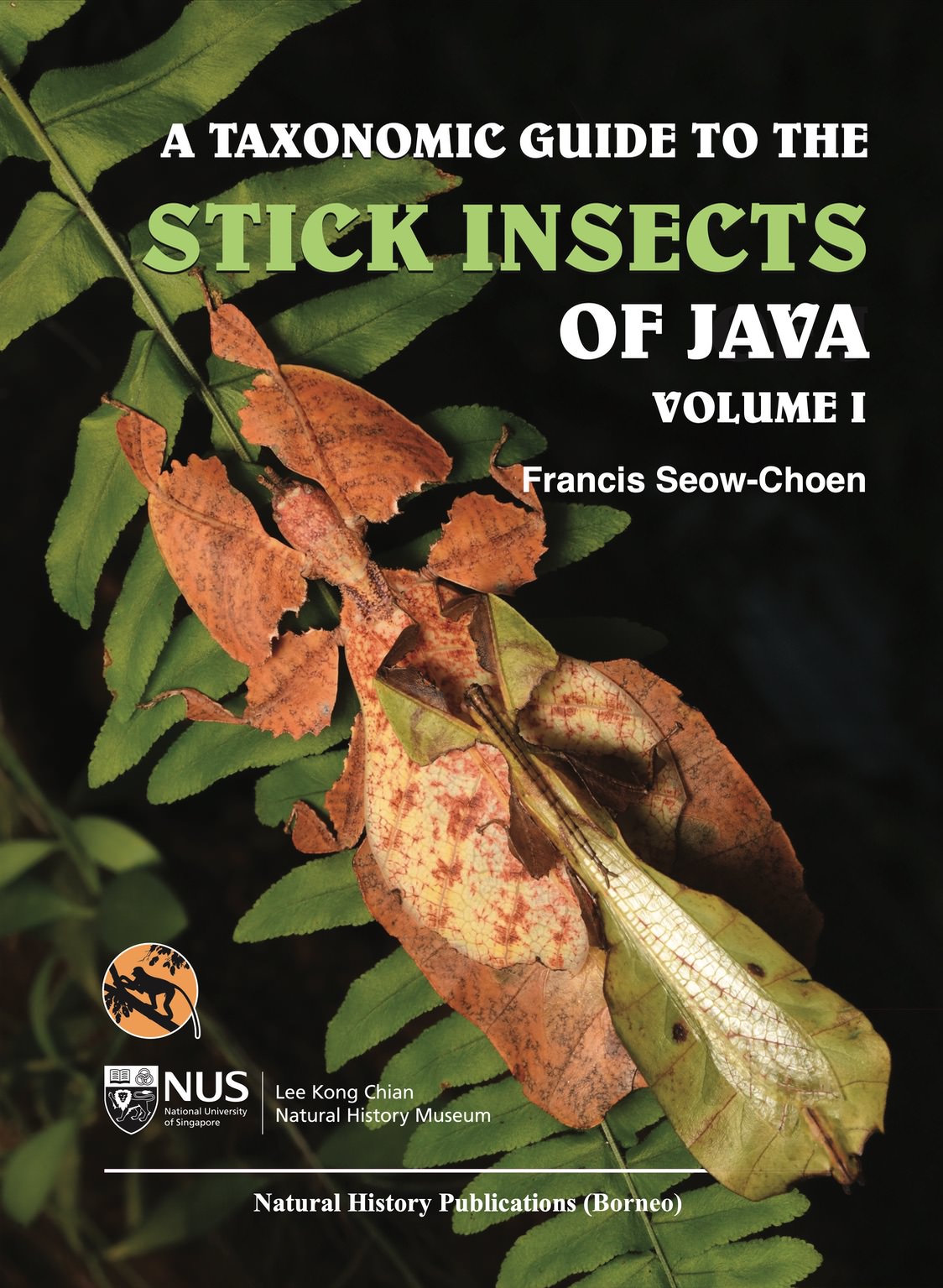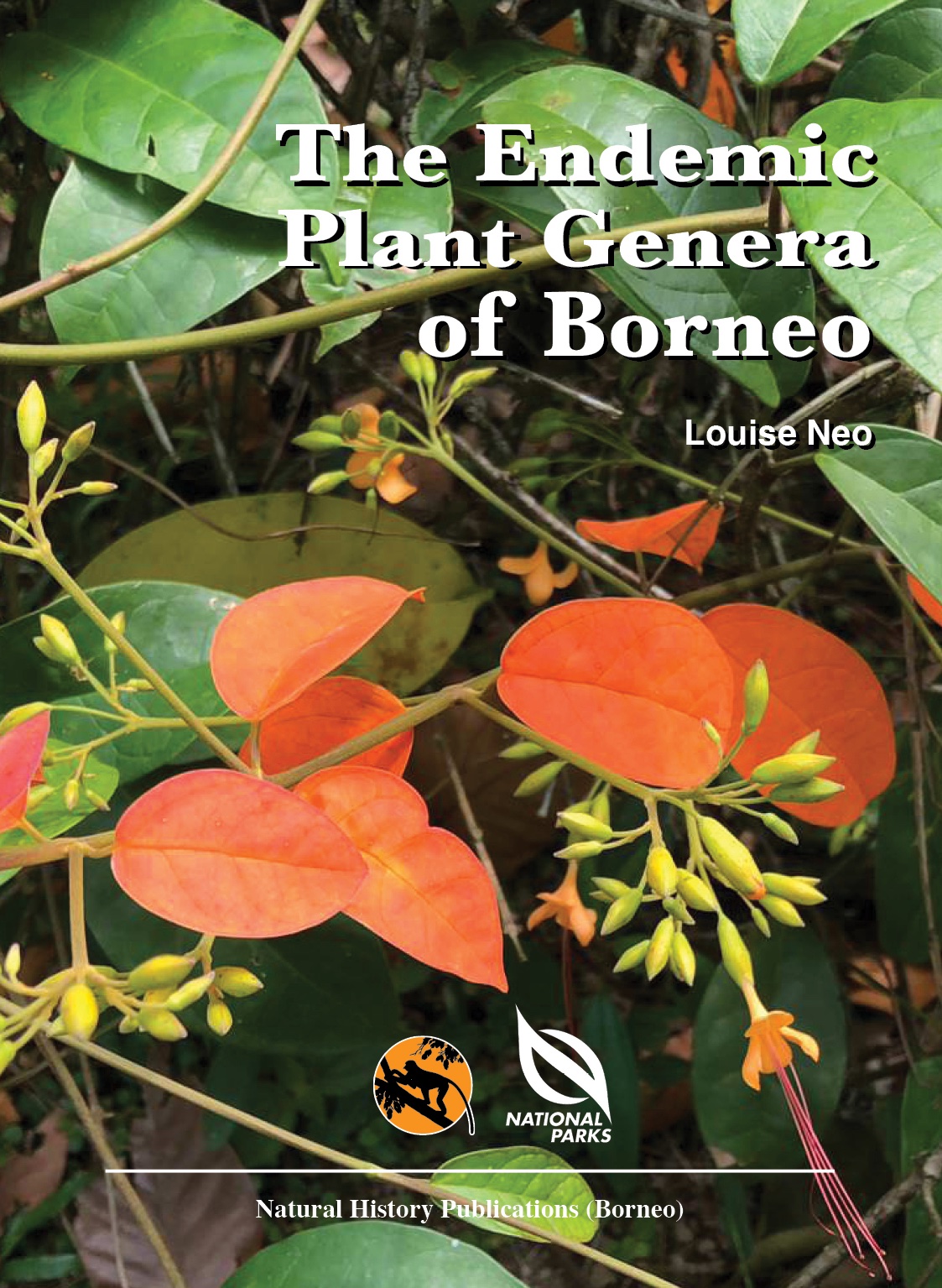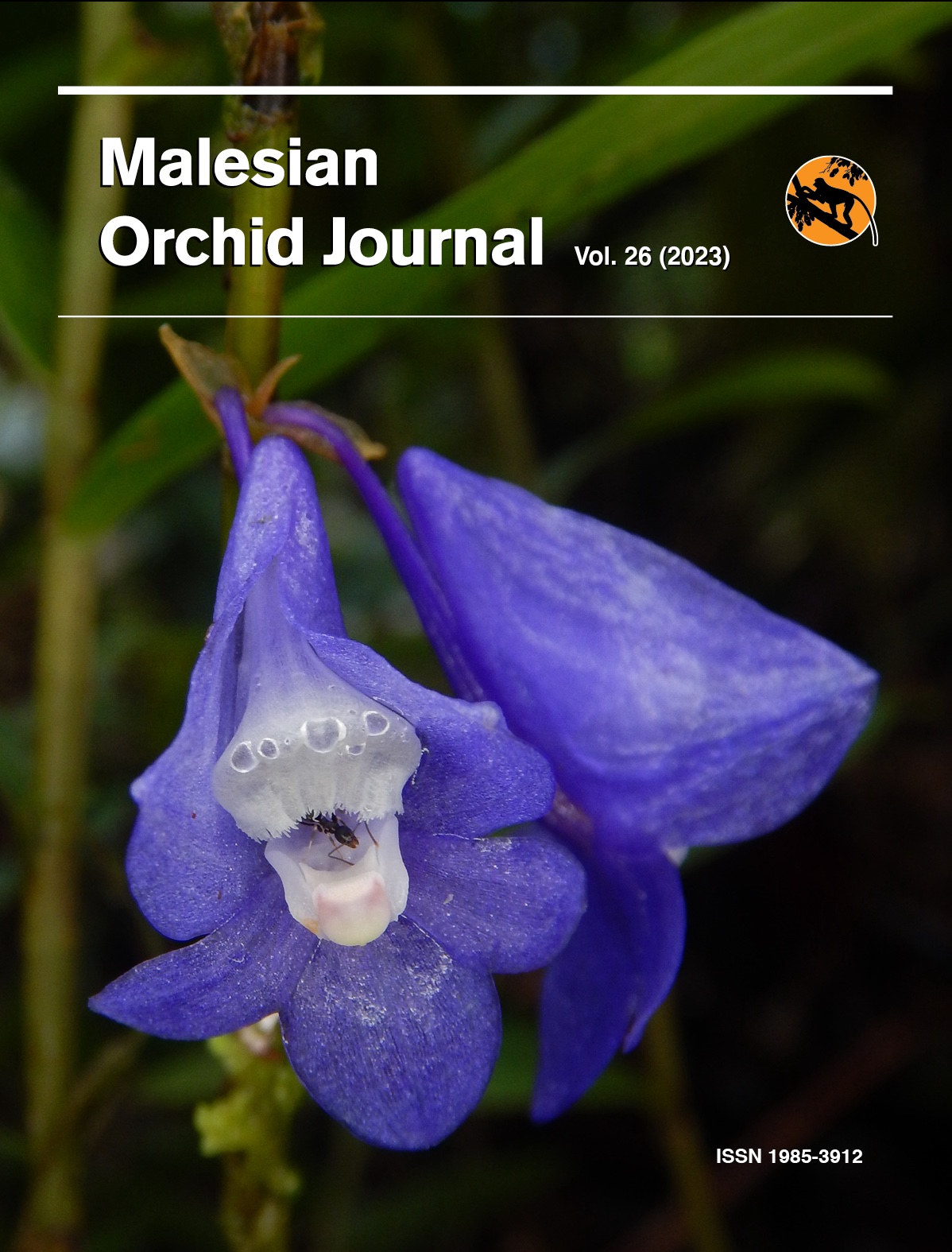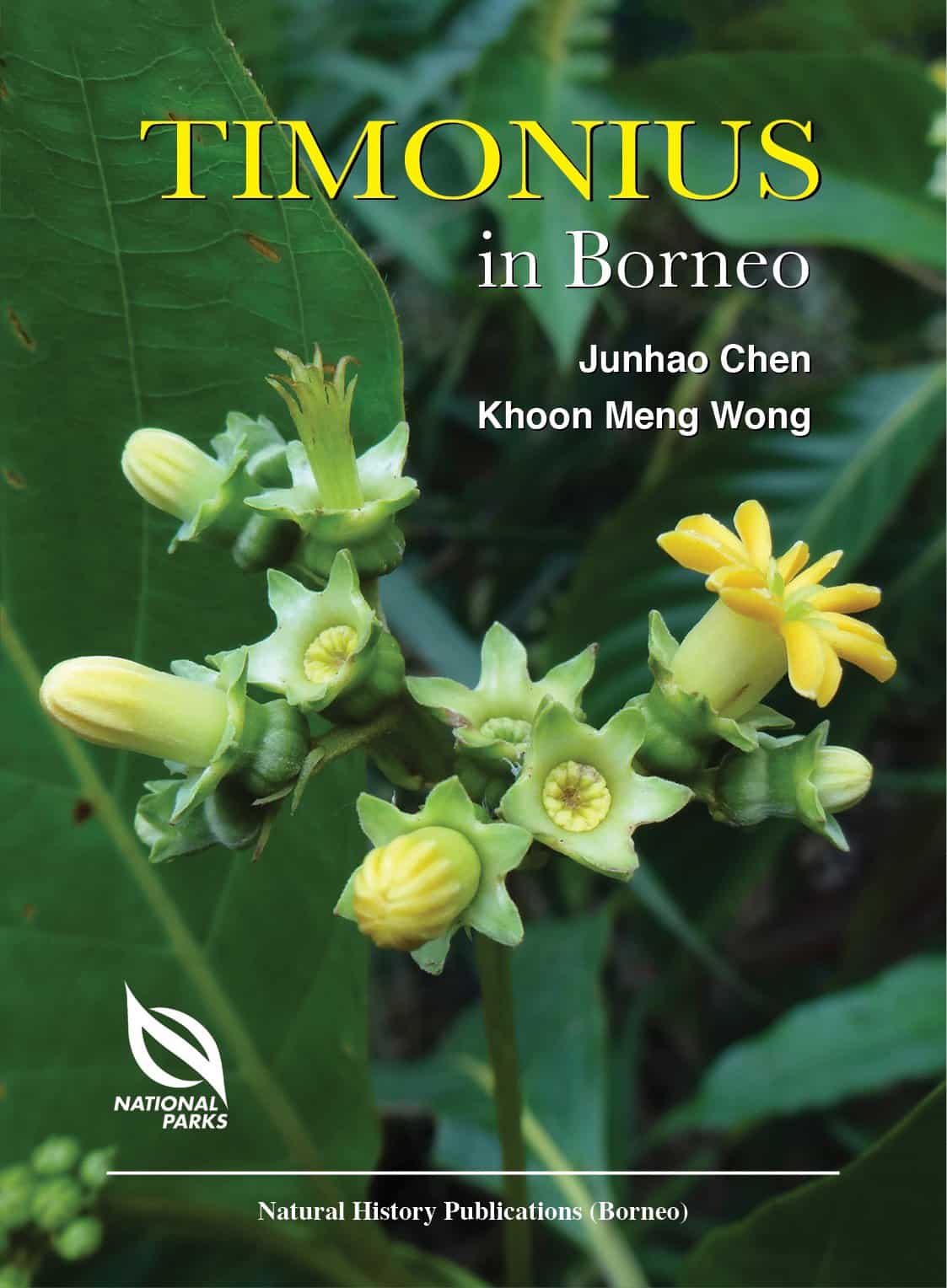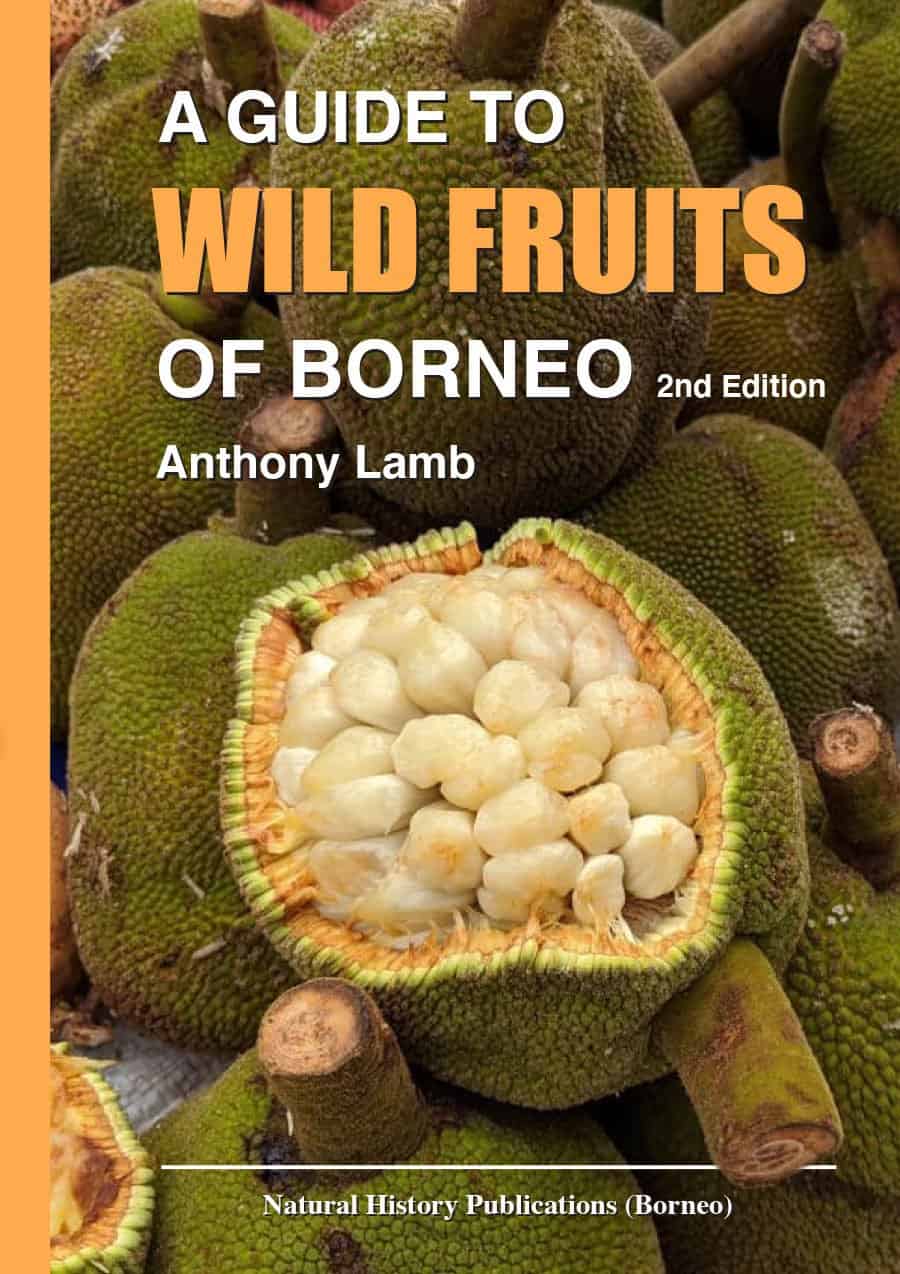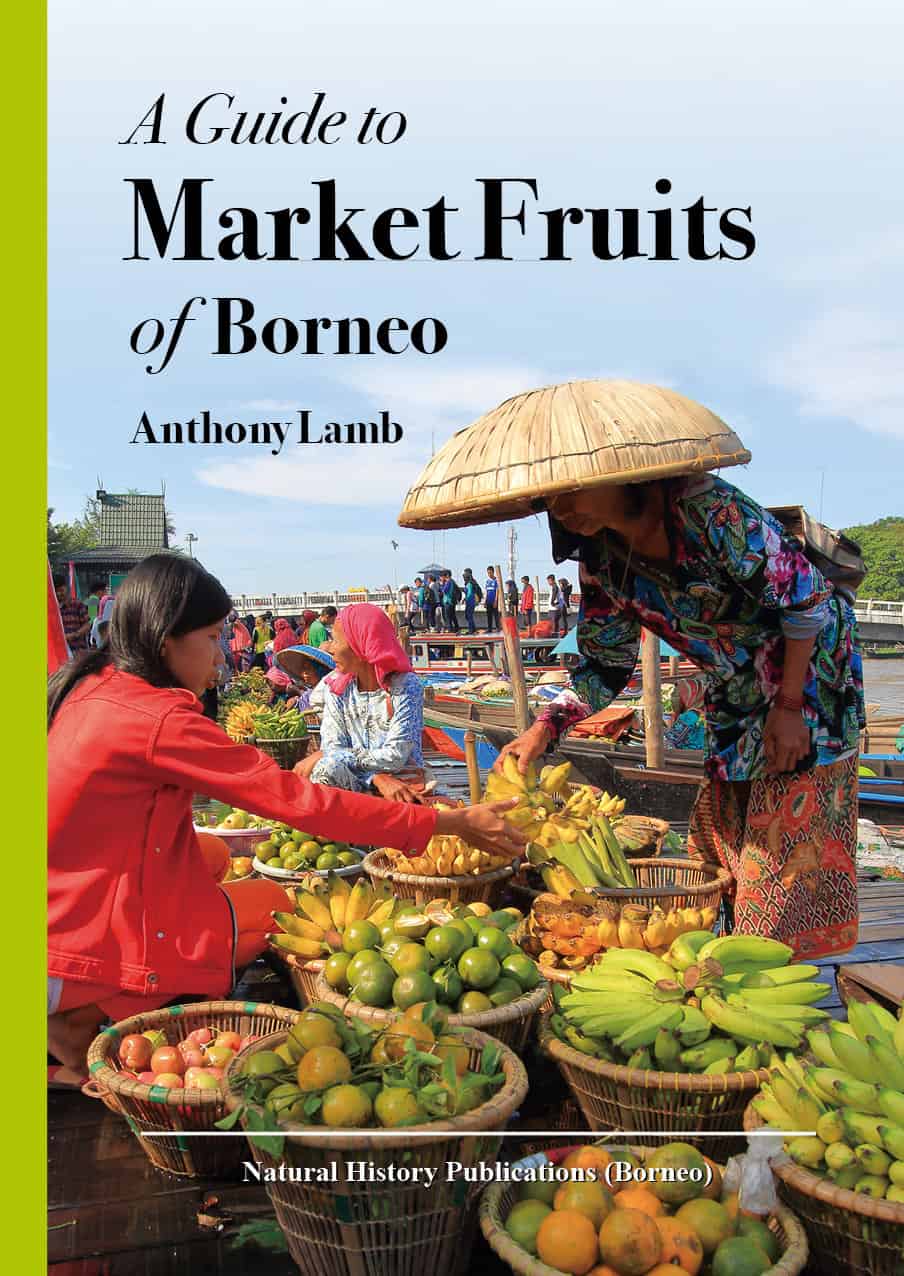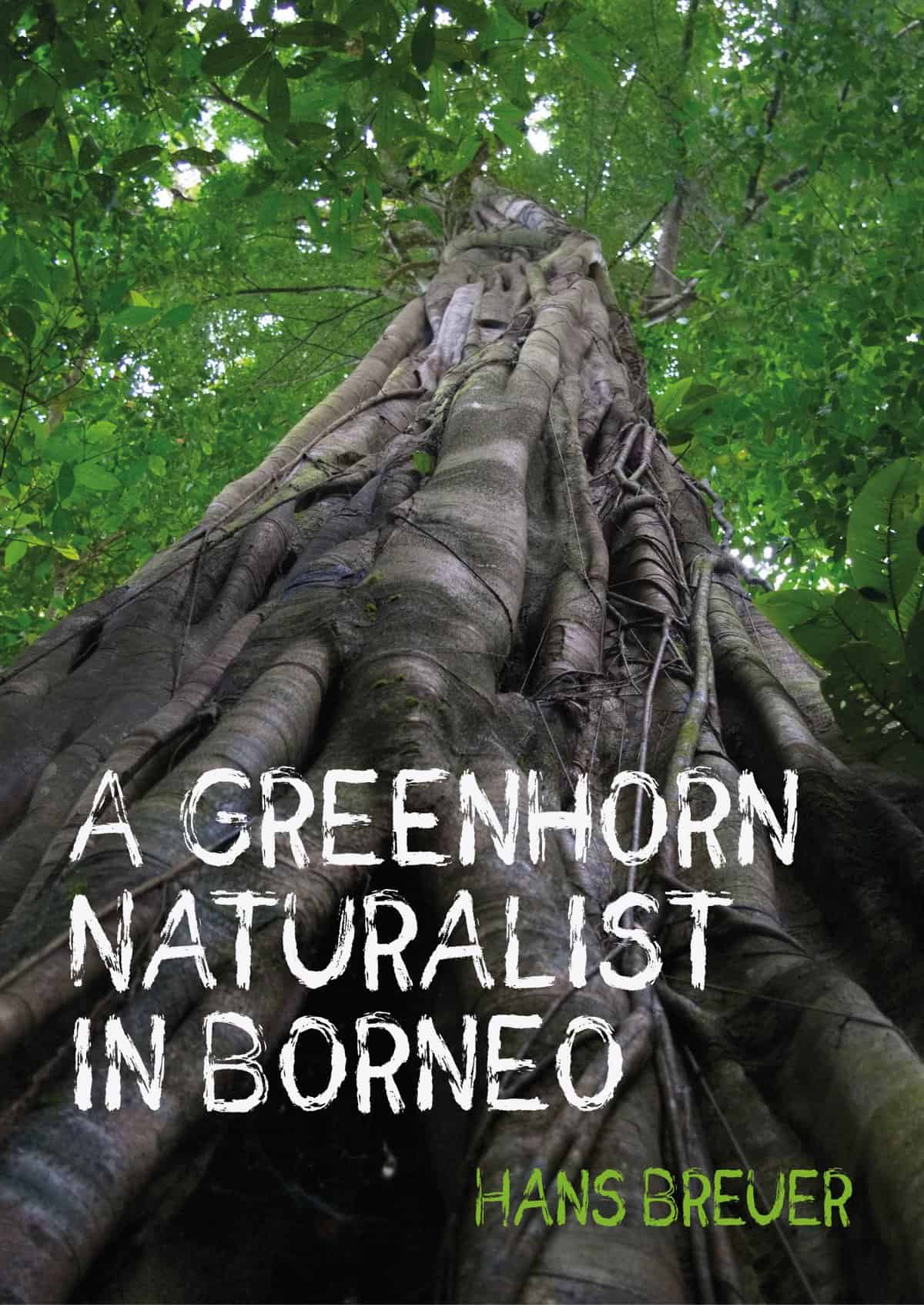Flowers of Fraser’s Hill, Peninsular Malaysia
This book celebrates the fascinating plant diversity of Fraser’s Hill’s native mountain rain forest, showcasing the beautiful, the bizarre, the conspicuous, and the obscure. Written in an accessible style for the curious reader, it features beautiful images of accurately named plants, making the first step in identification an easy one.
Famous for its pleasant, cool ambience and lush greenery, Fraser’s Hill is unique among hill resorts as the least developed, offering an accessible mountain ecosystem that is world-famous for bird-watching and the old-world charm of its mock-Tudor bungalows, many of which hold heritage status.
The long and fascinating history of Fraser’s Hill is concisely recounted in the Introduction, which also includes information on climate, forest types, diversity of flora, and draws attention to rare, endemic, and endangered species.
Of the nearly 1,500 plant species known from Fraser’s Hill, a selection of 221 native and naturalized species, most likely to be spotted along roadsides and forest trails, is illustrated. These include 97 species of herbs, 18 epiphytes, 32 shrubs, 30 climbers, 30 trees, and 14 palms. The species are grouped by their growth form and arranged alphabetically by plant family and scientific name.
Knowing scientific names provides access to further information and fosters interest in flora and its rich biodiversity. Appreciating this natural heritage deepens our understanding of its intrinsic value and the need to preserve ecosystems for future generations, protecting endangered species and habitats from extinction.
